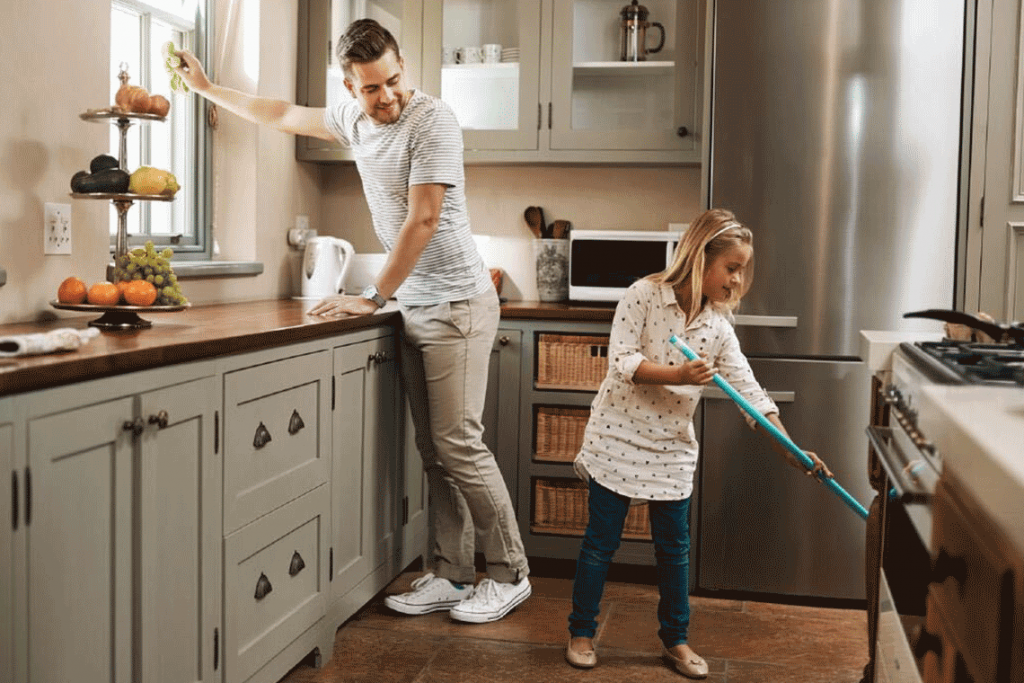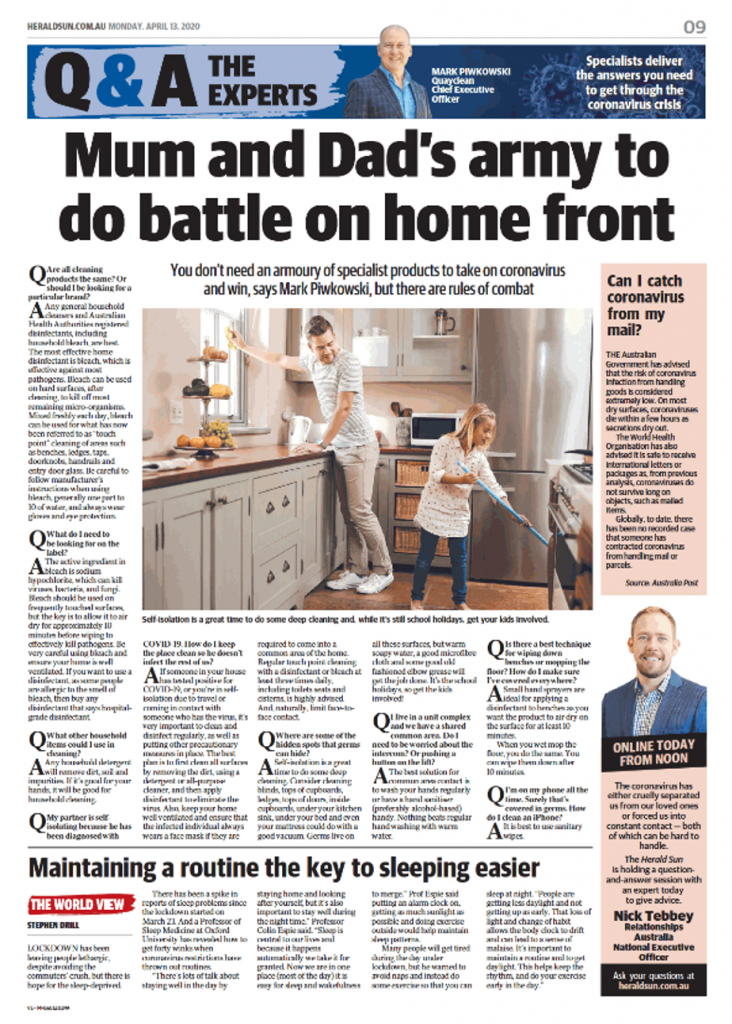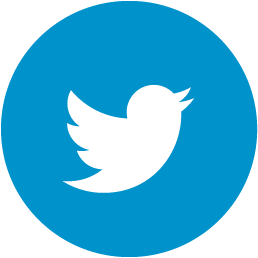How to clean your home in the fight against COVID-19
You don’t need an armoury of specialist products to take on COVID-19 and win, says Quayclean CEO Mark Piwkowski, but there are rules of combat.
Q. Are all cleaning products the same?
A. Any general household cleaners and Australian Health Authorities (AHA) registered disinfectants, including household bleach, are best. The most effective home disinfectant is bleach which is effective against most pathogens. Bleach can be used on hard surfaces, after cleaning, to kill off most remaining microorganisms. Mixed freshly each day, bleach can be used for what has now been referred to as ‘touch point’ cleaning of areas such as benches, ledges, taps, doorknobs, handrails, entry door glass. Be careful to follow manufacturer’s instructions when using bleach, generally one part to 10 of water, and always wear gloves and eye protection.
Q. What do I need to be looking for on the label?
A. The active ingredient in bleach is sodium hypochlorite, which can kill viruses, bacteria, and fungi. Bleach should be used on frequently touched surfaces, but the key is to allow it to air dry for approximately 10 minutes before wiping to effectively kill pathogens. Be very careful using bleach and ensure your home is well ventilated. If you want to use a disinfectant, as some people are allergic to the smell of bleach, then buy any disinfectant that says ‘hospital grade disinfectant’.
Q. What other household items could I use in cleaning?
A. Any household detergent will remove dirt, soil and impurities. If it’s good for your hands, it will be good for household cleaning.
Q. Where are hidden spots that germs can hide?
A. Self-isolation is a great time to do some deep cleaning. Consider cleaning blinds, tops of cupboards, ledges, top of doors, inside of cupboards, under your kitchen sink, under your bed and even your mattress could do with a good vacuum. Germs live on all these surfaces, but warm soapy water, a good microfibre cloth and some good old fashion elbow grease will get the job done. It’s the school holidays, so get the kids involved!
Q. I live in a unit complex and we have a shared common area. Do I need to be worried about the intercom? Or pushing a button on the lift?
A. The best solution for common area contact is to wash your hands regularly or have a hand sanitiser (preferably alcohol based) handy. Nothing beats regular hand washing with warm water.
Q. My partner is self-isolating because he has been diagnosed with COVID-19. How do I keep the place clean so he doesn’t infect the rest of us?
A. If someone in your house has tested positive for COVID-19, or you’re in self-isolation due to travel or coming in contact with someone who has the virus, it’s very important to clean and disinfect regularly, as well as putting other precautionary measures in place. The best plan is to first clean all surfaces by removing the dirt, using a detergent or all-purpose cleaner, and then apply disinfectant to eliminate the virus. Also, keep your home well ventilated, ensure that the infected individual always wears a face mask if they are required to come into a common area of the home. Regular touch point cleaning with a disinfectant or bleach at least three times daily, including toilets seats and cisterns, is highly advised. And, naturally, limit face-to-face contact.
Q. Is there a best technique for wiping down benches or mopping the floor? How do I make sure I’ve covered everywhere?
A. Small hand sprayers are ideal for applying a disinfectant to benches as you want the product to air dry on the surface for at least 10 minutes. When you wet mop the floor, you do the same. You can wipe them down after 10 minutes.
Q. I’m on my phone all the time. Surely that’s covered in germs. How do I clean an iPhone?
A. It is best to use sanitary wipes.
Q. I use a steam cleaner. Is that enough or do I need chemicals?
A. I’m not sure whether the time-temperature relationships used when steaming for cleaning would kill the virus. There’s no research on steam being used this way. The AHA and WHO have very clear methods for cleaning, and this does not include steam cleaning.
How to clean your home in the fight against COVID-19
Geelong Advertiser, 13 April 2020
How to clean your home in the fight against COVID-19
Perth Now, 13 April 2020
How to clean your home in the fight against COVID-19
The Mercury, 13 April 2020
How to clean your home in the fight against COVID-19
Gold Coast Bulletin, 13 April 2020
How to clean your home in the fight against COVID-19
Townsville Bulletin, 13 April 2020
How to clean your home in the fight against COVID-19
Cairns Post, 13 April 2020
UPDATE: Quayclean is proud to announce the launch QuayXtra – a speciality cleaning service designed to address the ever changing needs of clients within the cleaning market.








